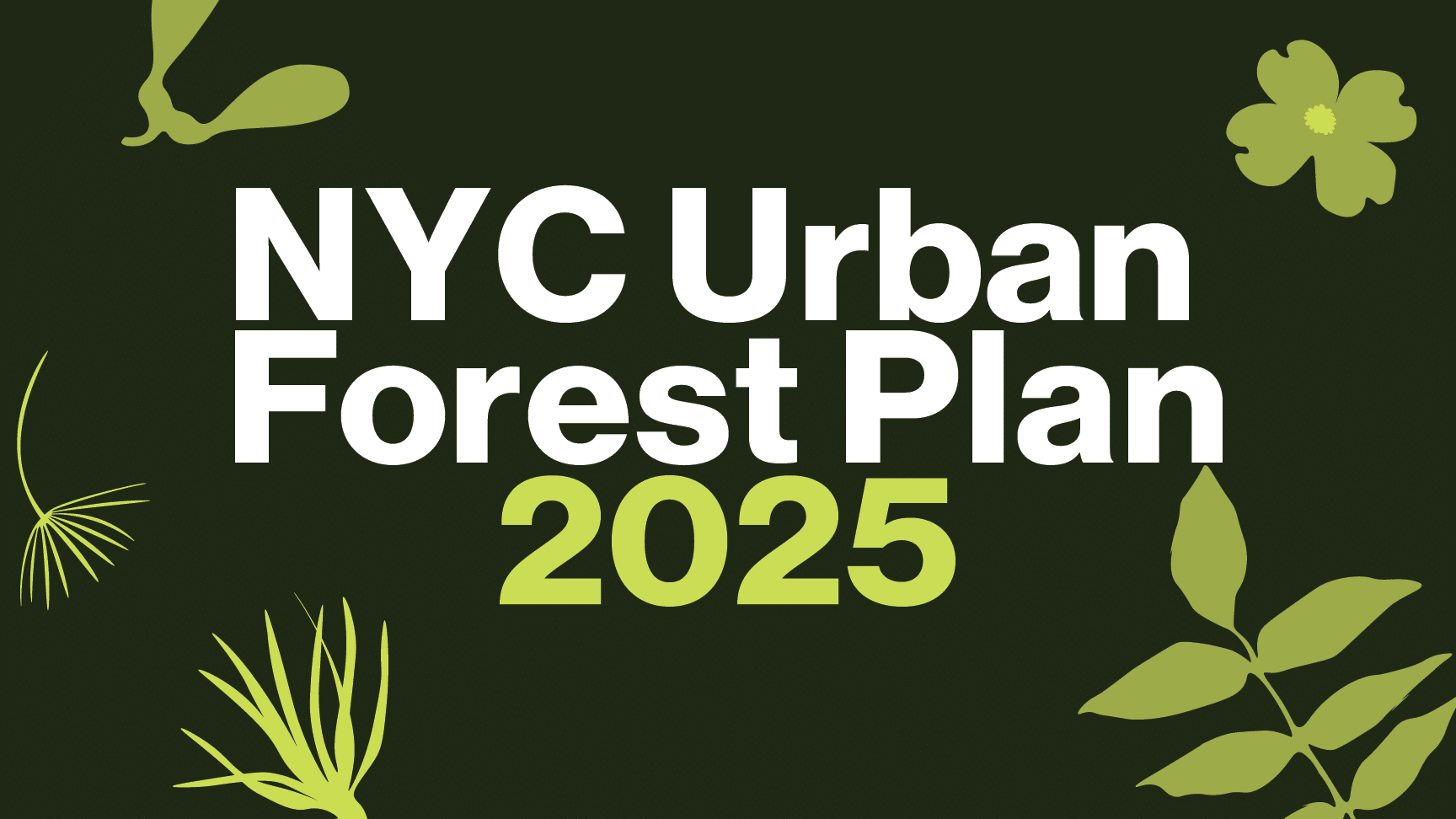What is the Urban Forest Plan & How Can You Get Involved?
By Natural Areas Conservancy on May 01, 2025

By Natural Areas Conservancy on May 01, 2025

The NAC is excited to announce our participation in the Urban Forest Plan! Led by the Mayor’s Office of Climate & Environmental Justice (MOCEJ), we have joined as collaborators along with NYC Parks, City Parks Foundation, and The Nature Conservancy.
In brief, the Urban Forest Plan will be an outline of actionable steps to expand NYC’s urban tree canopy to 30%. In 2023, the New York City Council passed Local Law 148 which codified the 30% goal and called for an urban forest plan that will be updated every 10 years based on public input. That’s where you come in!
Over the next month, we will be hosting 10 events to gather input from communities across all five boroughs to be implemented into the plan. In each borough, there will be a workshop and a “walk-shop.” In the workshop you’ll have the chance to learn more about why the City is implementing the plan, understand the process and timeline, hear from local organizations, and find out how you can get involved in advocacy in your community. In the “walk-shop” you will be taken on a natural areas tour to discuss real-time management challenges and learn more about the importance of the urban forest canopy.
Not able to attend one of these events but still want to share your input? Take the UFP questionnaire.